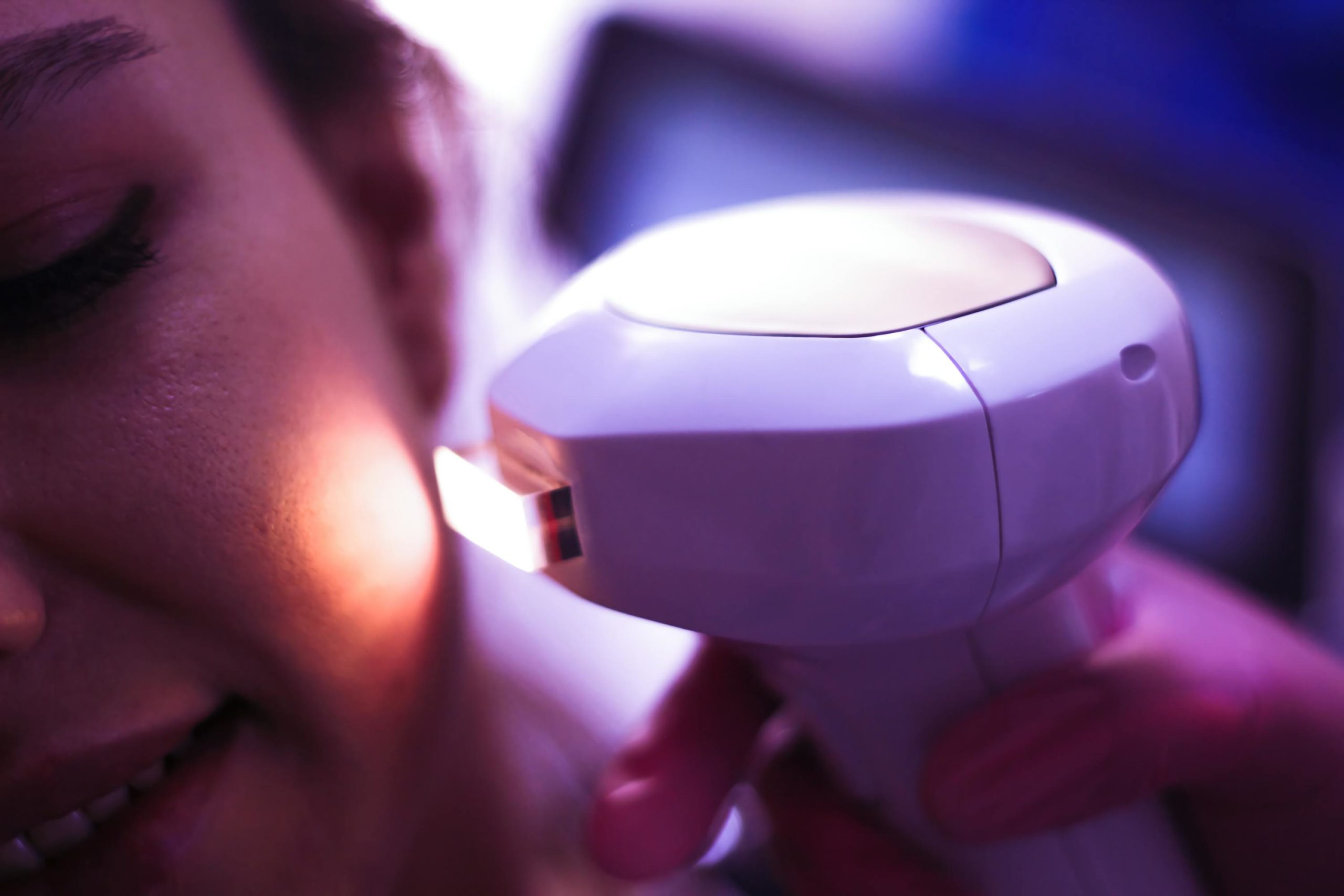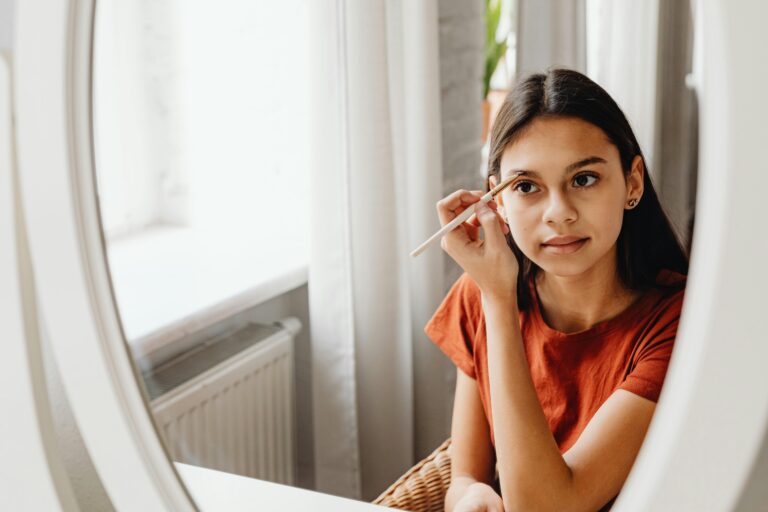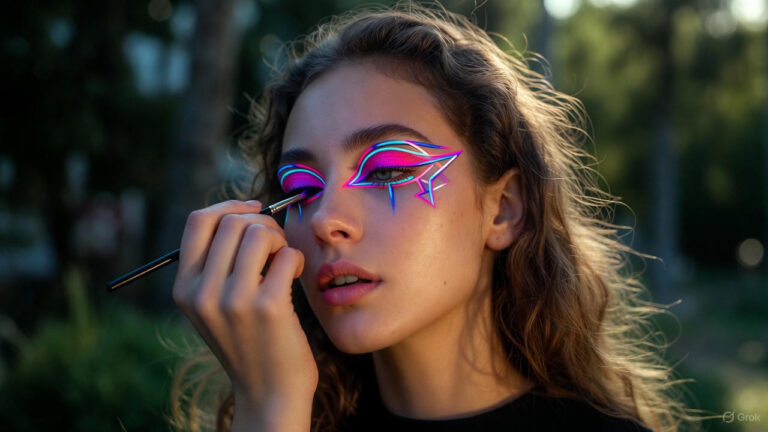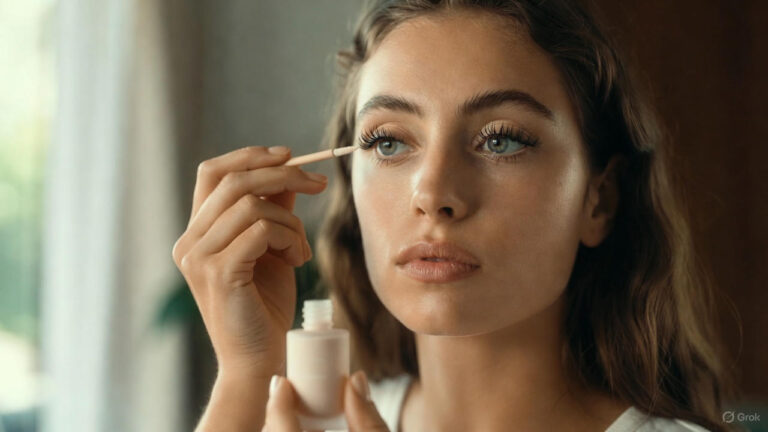In the pursuit of flawless and radiant skin, individuals are constantly seeking innovative skincare solutions to address various concerns. One such groundbreaking approach gaining traction in the beauty industry is light therapy. Utilizing different wavelengths of light, light therapy has shown remarkable results in improving skin texture, reducing acne, and promoting overall skin health.
In this article, we’ll explore the impact of light therapy on the skin, diving into its mechanisms, benefits, and applications in skincare routines.
The Science Behind Light Therapy
Light therapy, also known as phototherapy or LED (light-emitting diode) therapy, harnesses the power of specific wavelengths of light to target various skin concerns at the cellular level. Different wavelengths penetrate the skin to different depths, triggering specific biochemical reactions within the skin cells.
Introduction to Light Therapy: Light therapy utilizes different colors of light, each with its unique properties and effects on the skin. For example, blue light targets acne-causing bacteria, while red light stimulates collagen production and reduces inflammation. Near-infrared light penetrates deeper into the skin, promoting healing and enhancing cellular regeneration.
The Benefits of Light Therapy for Skin
The benefits of light therapy for skin health are manifold, making it a popular choice among dermatologists, estheticians, and skincare enthusiasts alike. From treating acne and reducing inflammation to improving skin texture and minimizing signs of aging, light therapy offers a holistic approach to achieving a radiant complexion.
Acne Treatment: One of the most well-known benefits of light therapy is its effectiveness in treating acne. Blue light, in particular, has been shown to target the bacteria responsible for acne breakouts, reducing inflammation and preventing future blemishes. By incorporating regular light therapy sessions into their skincare routines, individuals can experience clearer, smoother skin with fewer breakouts.
Anti-Aging Benefits: In addition to acne treatment, light therapy also offers anti-aging benefits by stimulating collagen production and promoting cellular renewal. Red and near-infrared light, in particular, penetrate deep into the skin, stimulating fibroblast activity and increasing collagen synthesis. This leads to firmer, more elastic skin with reduced fine lines and wrinkles, resulting in a more youthful and radiant complexion.
Skin Texture Improvement: Light therapy can also improve overall skin texture by promoting cell turnover and enhancing blood circulation. By stimulating cellular metabolism and facilitating the removal of dead skin cells, light therapy helps reveal smoother, more even-toned skin with a healthy glow. Individuals with rough or uneven skin texture can benefit from regular light therapy sessions to achieve a softer, more refined complexion.
The Different Types of Light Therapy Devices
Light therapy devices come in various forms, ranging from handheld devices for at-home use to professional-grade machines found in dermatology clinics and spas. Understanding the different types of light therapy devices can help individuals choose the right option for their skincare needs and budget.
At-Home Devices: At-home light therapy devices are designed for convenient and easy use in the comfort of your own home. These devices typically come in the form of handheld wands, masks, or panels equipped with LED lights of different wavelengths. While at-home devices may not be as powerful as professional-grade machines, they can still deliver noticeable results with consistent use.
Professional-Grade Machines: Professional-grade light therapy machines are more powerful and versatile than at-home devices, offering a wider range of wavelengths and customizable treatment options. These machines are commonly found in dermatology clinics, medical spas, and esthetician offices, where they are used to treat various skin concerns, including acne, rosacea, and hyperpigmentation. Professional-grade machines are ideal for individuals seeking more intensive or targeted light therapy treatments under the supervision of trained professionals.
The Importance of Consistency in Light Therapy
Consistency is key when it comes to light therapy, as regular sessions are essential for achieving and maintaining optimal results. While some individuals may notice immediate improvements after a single treatment, long-term benefits typically require a series of sessions over several weeks or months.
Frequency of Treatments: The frequency of light therapy treatments depends on the individual’s skin concerns and goals. For acne treatment, dermatologists may recommend two to three sessions per week initially, gradually reducing the frequency as acne improves. For anti-aging benefits, weekly or bi-weekly sessions may be sufficient to stimulate collagen production and improve skin texture.
Duration of Sessions: The duration of light therapy sessions also varies depending on the device and treatment protocol. At-home devices may require shorter sessions of 10-20 minutes per treatment area, while professional-grade machines may allow for longer sessions of 30-60 minutes or more. It’s essential to follow the manufacturer’s instructions and consult with a skincare professional to determine the appropriate duration for your specific needs.
Conclusion
Light therapy has come outd as a powerful tool in the world of skincare, offering a non-invasive and effective solution for a wide range of skin concerns. From acne treatment and anti-aging benefits to improving skin texture and promoting overall skin health, light therapy holds promise as a versatile and science-backed skincare treatment. Whether you’re seeking clearer, smoother skin or a more youthful complexion, light therapy offers a holistic approach to achieving radiant skin from the inside out.
FAQs
Q1: Is light therapy safe for all skin types?
Light therapy is generally safe for all skin types, including sensitive skin, as it is non-invasive and does not cause damage to the skin’s surface. However, individuals with photosensitive conditions or those taking photosensitizing medications should consult with a dermatologist before undergoing light therapy treatment.
Q2: Can I use light therapy alongside other skincare treatments?
Yes, light therapy can be used in conjunction with other skincare treatments, including topical skincare products and professional treatments like chemical peels or microdermabrasion. Combining light therapy with other treatments can enhance results and address multiple skin concerns simultaneously.
Q3: How soon can I expect to see results from light therapy?
The timing of results from light therapy varies depending on the individual’s skin concerns and treatment protocol. Some individuals may notice improvements after a single treatment, while others may require several sessions to see significant changes. Consistency and patience are key to achieving optimal results with light therapy.
Q4: Are there any side effects or risks associated with light therapy?
Light therapy is generally safe and well-tolerated, with minimal side effects. However, some individuals may experience temporary redness, dryness, or mild irritation immediately following treatment. These side effects typically resolve on their own within a few hours to a few days. It’s essential to follow the manufacturer’s instructions and avoid overusing light therapy devices to minimize the risk of adverse reactions.
Q5: Can I perform light therapy at home without professional supervision?
Yes, many light therapy devices are designed for safe and easy use at home without the need for professional supervision. However, it’s essential to choose high-quality devices from reputable manufacturers and follow the instructions carefully to ensure safety and effectiveness. If you have specific concerns or underlying skin conditions, consult with a dermatologist or skincare professional before starting light therapy at home.



